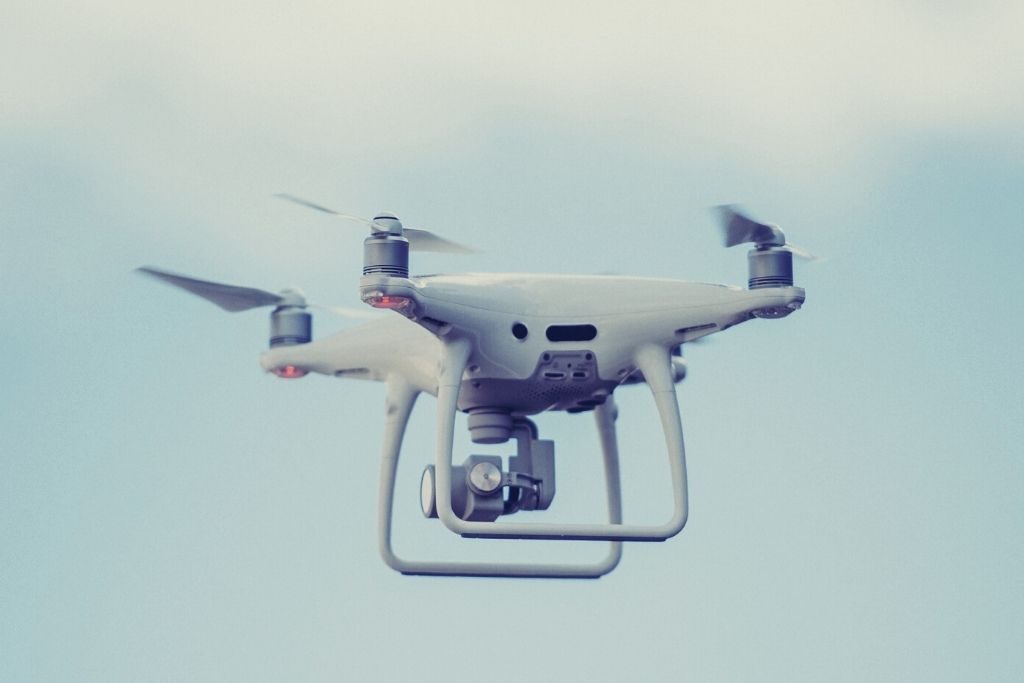Since the first prototype of a smartphone came alive in the 1990s, their rise has been unstoppable. Fast forward to 2019, 81 percent of the population in the US own smartphones, and the global smartphone ownership keeps skyrocketing. The public uses these devices for nearly every digital interaction imaginable—from messaging apps and social media to video streaming and online shopping. Companies are also beginning to recognize the smartphone’s potential for mobile access control.
According to research by Gartner, 20 percent of organizations will use smartphones in place of traditional physical access cards by 2020. Moreover, IHS Markit estimates that around 20 percent of currently installed access control readers will be mobile-capable by 2022. As the adoption of and support for mobile access control are on the rise, smartphones might step by step replace keys and access badges in near future. Paul Studerus, dormakaba Vice President Strategic Innovation : “Nevertheless digital solutions will not fully replace older technologies within reasonable time – a co-existence of mechanical, electronic and cloud based access solutions will be the reality”.
Here are four advantages of using smartphones for access control.
1. Built-in convenience
Smartphones carry the benefit of built-in convenience. People are more likely to forget a key or badge than an item of value such as a smartphone. This means they’ll almost always have their access credentials with them.
Yet, the benefits of convenience are even more evident for businesses. The tedious job of provisioning and de-provisioning keys and access badges involves supplying new ones and replacing those damaged, lost, or stolen. Issuing credentials remotely via a mobile app can eliminate this chore, saving organizations time and money.
2. Increased security
Smartphones add an extra layer of security for users, combining something they have (their smartphone) with something they know (a PIN or a passcode) or something they are (fingerprints or other biometric data). Because of this, mobile access credentials are secured behind the multi-factor authentication capability of smartphones.
People are also more vigilant about their smartphones, taking ownership of their device and keeping it safe. They won’t easily give their smartphone to others. On the other hand, a badge is often lent without reservations. This may result in unauthorized persons gaining access to private areas within a company.
3. Enhanced control
Building security staff and facility managers will have more control over assigning mobile access credentials. They can grant, modify, or revoke these credentials immediately.
For instance, when a new employee requests access, a facility manager can set this up using access control management software and send the credentials to the employee’s smartphone. When that employee leaves the company, the facility manager can then easily revoke the employee’s access rights.
This enhanced control is even more prominent for guest access. Building security staff can send temporary credentials to a visitor’s smartphone, and configure these credentials to work only for a certain day and time. When a guest reschedules their visit, the credentials can be modified to reflect the new date and time.
4. Added flexibility
The potential of smartphones exceed physical access. Combining mobile credentials with other applications, people can use their smartphones to gain access to their work machines, pay for purchases at cafeterias or vending machines, as a pass for designated parking spaces, and more.
Mobile access control is the future
Access control via smartphone is step by step moving forward and is an excellent alternative to keys and card-based credentials, as it offers a specific set of strengths and advantages. Because of the benefits they offer over traditional methods, smartphones have the potential to transform the future of access control.








